In fall 2020, Suzanne Brennan Firstenberg planted a flag for each American who died from Covid-19. There were over a quarter of a million flags at the time. The art installation is back at the National Mall, but this time there are over 660,000 flags. The scale is just…a lot.
-
How to Make Print-ready Graphics in R, with ggplot2
You don’t have to use illustration software to polish your graphics. If keeping everything in R is your thing, this tutorial is for you.
-
For the employed, unemployed, and those not in the labor force, these charts — using an oldie but goodie visualization layout — show the percentage of people doing an activity over a day in 2020.
-
With millions of Covid-19 deaths worldwide, and hundreds of thousands in the US, the absolute counts have been a challenge to relate to for a while. The Washington Post leaned into rates to communicate scale at the individual level. 1 in 500 Americans died from Covid-19 so far.
-
Nightingale has a kid’s section with printable visualization activities. Get the kids started early while they absorb information like a sponge.
-
When I’m feeling confused about what’s going on around me, I gravitate towards making charts, so Michelle Rial’s book of charts, Maybe This Will Help: How to Feel Better When Things Stay the Same, resonates. It’s available for pre-order.
-
From David McCandless and team, who you might know from such books as Information is Beautiful and Knowledge is Beautiful has a new book on Beautiful News:
Inspired by our ongoing Beautiful News project, the book surfaces and visualises the amazing, beautiful, positive things *still* happening in the world. Things we can’t always see because we’re fixated on the negativity of the news.
As per our previous books, this one is a welter of beautiful facts & rigorous data, visualised in riotously colourful visualisations, charts & concept maps.
The subject matter free-ranges across many topic areas. But with one thing in common: it’s all good.
It’s available for pre-order, available in the UK at the end of this month and in the US in January 2022.
-
Rachael Dottle, Laura Bliss and Pablo Robles for Bloomberg on how urban highways often split communities:
By the 1960s, the neighborhood’s business core was gone, replaced by newly constructed Interstate 94. Homes that had been a short walk to the shops now overlooked a six-lane highway shuttling commuters between the Twin Cities of Minneapolis and St. Paul. Homes and businesses were seized and destroyed under eminent domain. The neighborhood was split in two.
-
The CDC released a chart that shows case, hospitalization, and death rates for fully vaccinated (blue) against not fully vaccinated (black). As you might expect, the rates for the fully vaccinated are much lower, especially for hospitalizations and deaths.
-
The San Francisco Chronicle compares demographics in your neighborhood in 2020 against 2010. It’s a straightforward app that lets you enter an address (not just in California) and it shows you the changes at several geographic levels.
I like how snappy it is when you enter an address.
-
Kim Moran-Jones quilted temperature minima and maxima in the UK, along with Covid-19 deaths on the perimeter in grayscale. Data and the physical fit well together.
-
James Cheshire and Oliver Uberti teamed up for another book of maps, Atlas of the Invisible:
Sometimes we miss what we can’t step back to see. Sometimes the invisible only appears with the creep of time. And sometimes, in the case of historical events, the visible becomes invisible with the loss of a generation. Graphics give us the power to zoom out, to compare, to remember.
This is their third book together, the first two being London: The Information Capital and Where the Animals Go. Atlas of the Invisible is available in the UK and available for pre-order in the US. It looks promising.
-
Anna Flagg, for NYT’s The Upshot, used dots arranged as a stacked area chart to show the difference between two mortality rates. Each dot represents 10 people, and they start as a random cloud. A transition to show rate by age lends focus to both an absolute and relative count.
-
You might have heard that Bitcoin uses a lot of electricity. More than some countries. You might have wondered how that could be possible. The New York Times explains with a set of graphics and illustrations.
-
We had to do more from home. Here’s how much everything shifted by total minutes in a day.
-
Members Only
-
After Hurricane Ida, New Orleans experienced power outages. The NASA Earth Observatory show the outages by comparing night lights on August 31, 2021 against night lights on August 9, 2021:
VIIRS has a low-light sensor—the day/night band—that measures light emissions and reflections. This capability has made it possible to distinguish the intensity, types, and sources of lights and to observe how they change. The data are then processed by the Black Marble team to account for changes in the landscape (such as flooding), the atmosphere, and the Moon phase, and to filter out stray light from sources that are not electric lights.

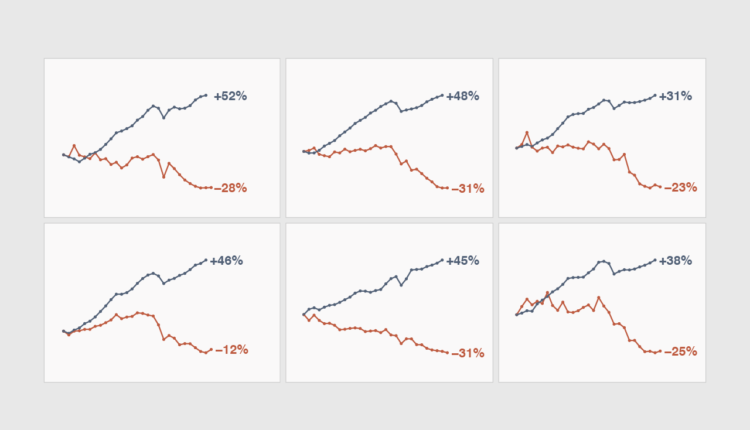

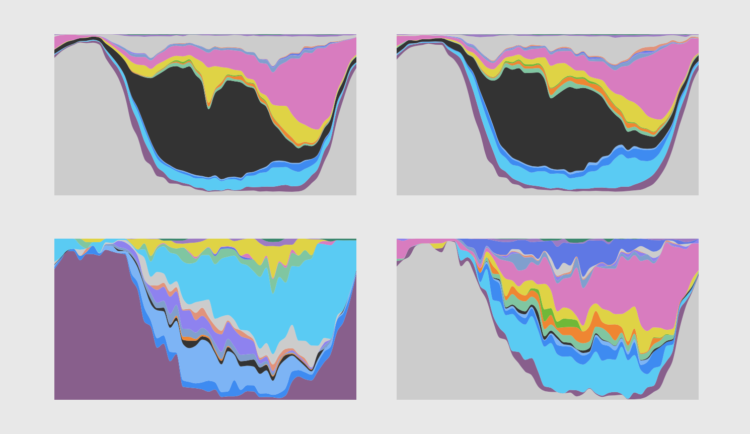
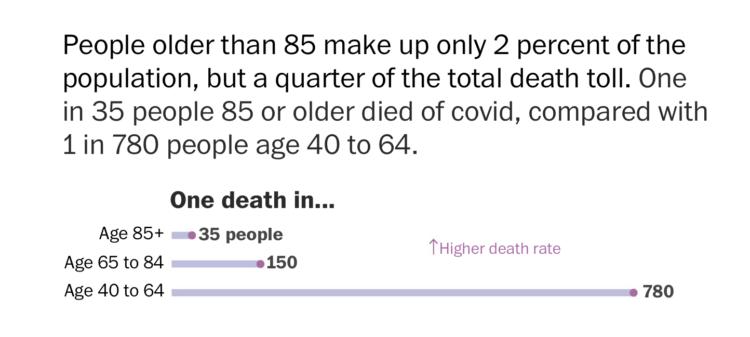






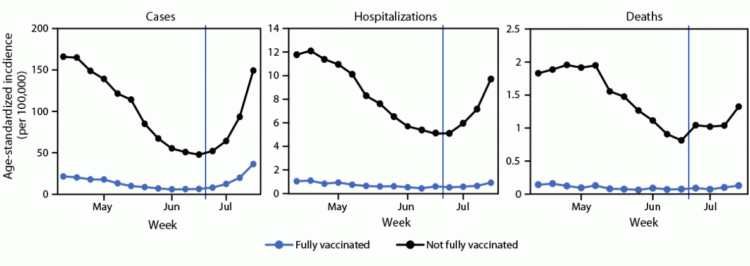

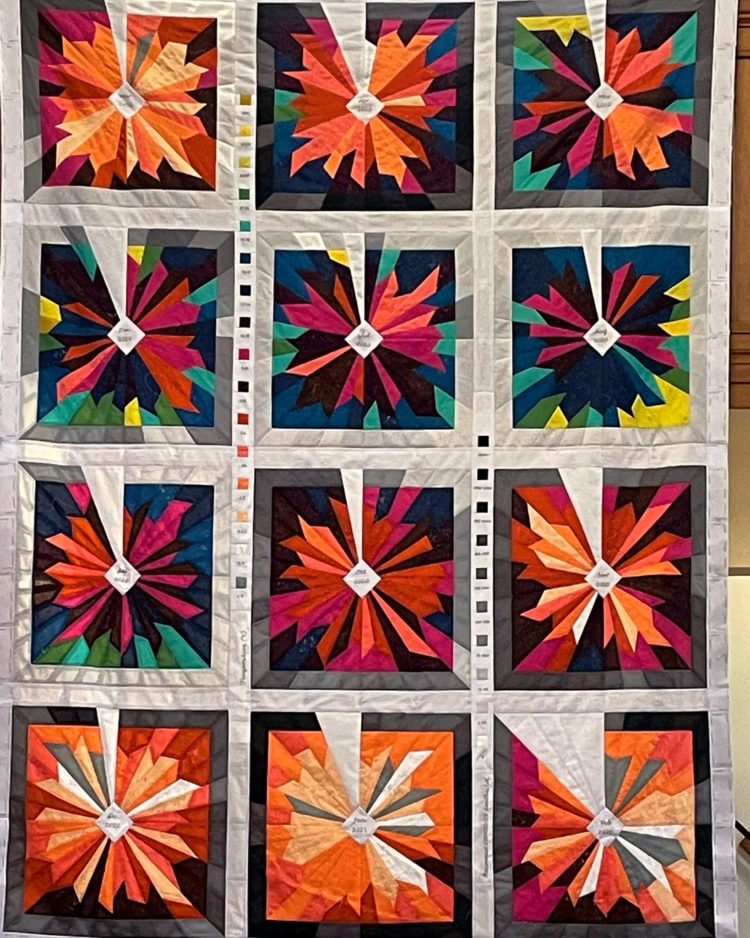

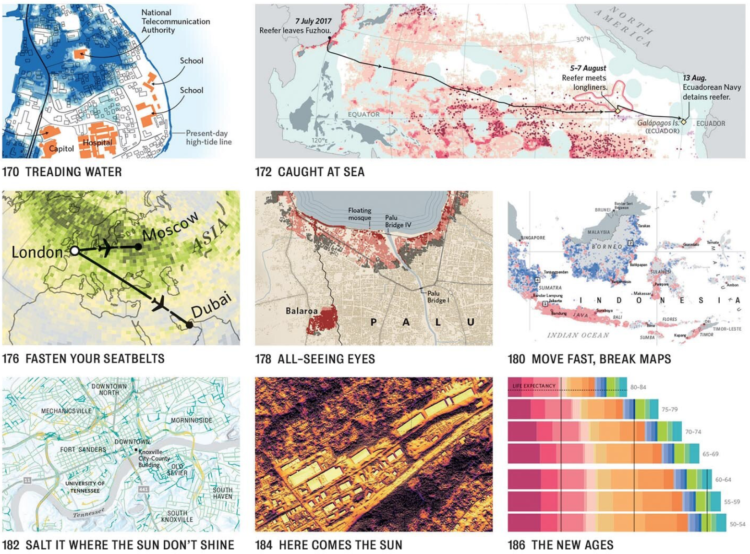
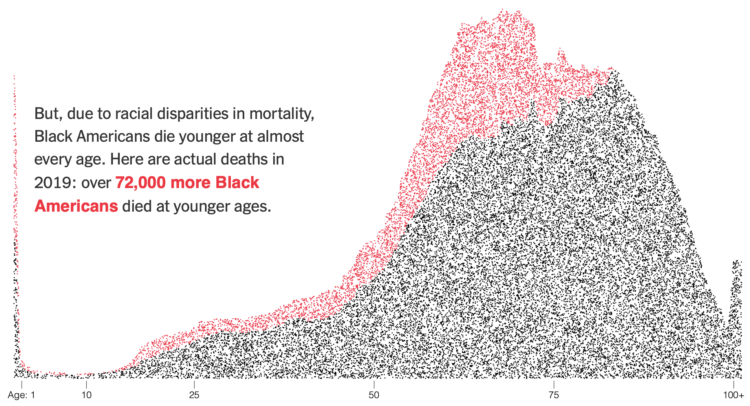
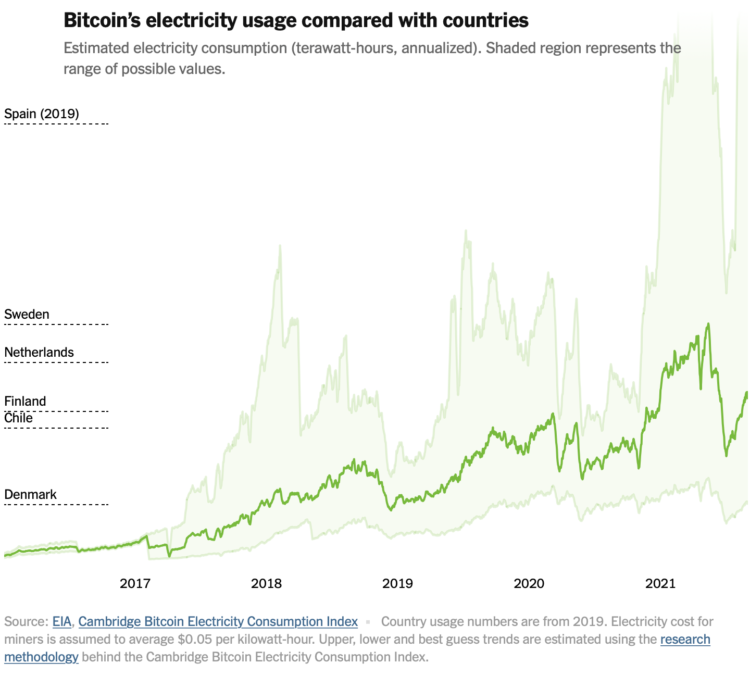
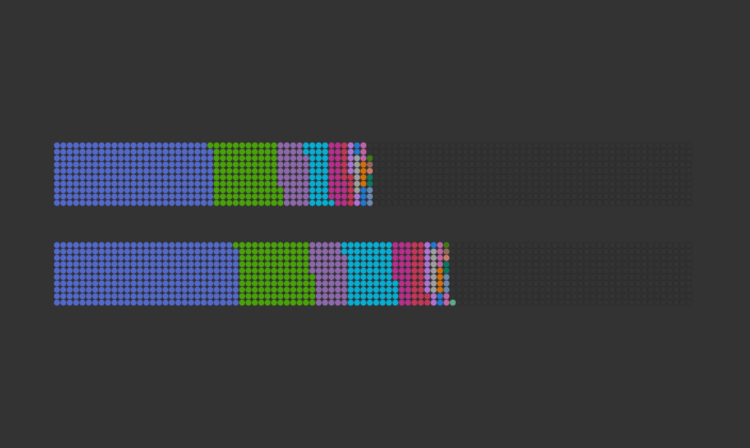


 Visualize This: The FlowingData Guide to Design, Visualization, and Statistics (2nd Edition)
Visualize This: The FlowingData Guide to Design, Visualization, and Statistics (2nd Edition)










